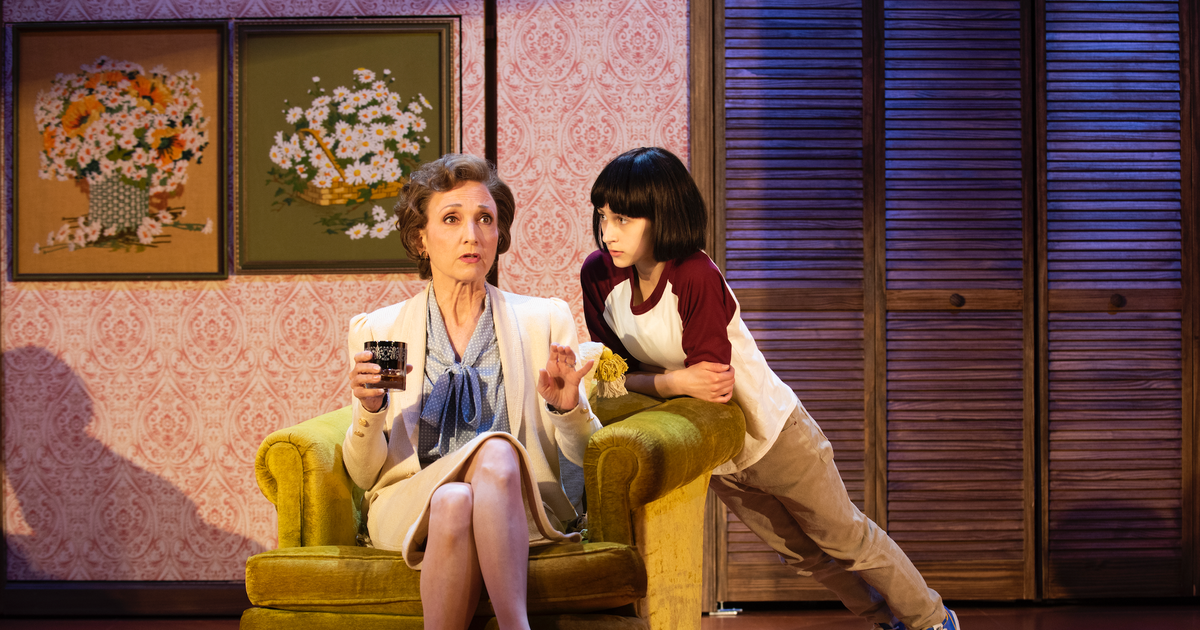Harvard University released a landmark report on Tuesday that details the school’s close ties to slavery.
The 130-page report, which comes two years after university president Lawrence S. Bacow launched the Presidential Committee on Harvard and the Legacy of Slavery, documents how the university was shaped and sustained by the institution of slavery.
Here are five key takeaways from the long-awaited report.
Slaves Worked and Lived on Harvard’s Campus for Over 150 Years
The report revealed that slavery existed directly on the Harvard campus.
“For nearly 150 years, from the founding of the university in 1636 until the Supreme Judicial Court of Massachusetts declared slavery illegal, Harvard’s presidents and other leaders, as well as its faculty and staff, enslaved more than 70 people, some of whom worked on campus,” reads the report.
Slaves lived and worked at the school, feeding and caring for generations of students and teachers, according to the report.
At least 41 prominent Harvard affiliates have enslaved people
According to the report, Harvard faculty, staff and donors enslaved more than 70 people. At least five Harvard presidents – Benjamin Wadsworth, Nathaniel Eaton, Augmentation Mather, Joseph Willard and Edward Holyoke – owned slaves.
Dozens of prominent donors and university leaders also enslaved people, the report said, including at least 10 members of the Harvard Corporation, the university’s highest governing body.
At least three people who enslaved individuals on the Harvard campus served as school stewards — a prestigious position in Harvard College’s early years “that commanded respect and status,” according to the report. Between the founding of the University in 1636 and the start of the American Revolution, only 10 men held the position – five of whom were from the same family.
The work done by those enslaved by Harvard stewards “maintained the Harvard campus and supported Harvard students,” the report said.
Andrew Bordman II, who served as a steward for more than 40 years “distinguishes himself for having enslaved at least eight people”, according to the report.
Harvard benefited from ‘extensive’ financial ties to slavery
Harvard had “extensive financial ties” to human servitude via benefactors who amassed wealth through slavery. During the first half of the 19th century, according to the report, more than a third of the money given or pledged to the University by individuals “came from just five men who made their fortunes through slavery and products produced by slaves”.
“Harvard’s donors at this time – and their wealth – were vital to the growth of the University,” the report states. “They enabled the University to hire faculty, support students, develop its infrastructure, and ultimately begin to establish itself as a national institution.”
Harvard also amassed wealth through investments in industries that depended on slave labor.
“For about a century, Harvard operated as a lender and derived a substantial portion of its income from investments which included loans to sugar planters, rum distillers and plantation suppliers in the Caribbean,” the report said. . “After 1830, the University shifted its investments towards cotton manufacturing, before diversifying its portfolio to include real estate and railroad stocks – all industries which were, at that time, dependent on slave labor and expropriation lands.”
Prominent Harvard professors and leaders promoted racist theories
Harvard leaders and scholars also provided intellectual justifications for racism through debunked “race science” and eugenics.
Prominent Harvard professors, including Louis Agassiz, John Collins Warren, and Jeffries Wyman, all aimed to provide supporting evidence for “racial science.”
“From the mid-19th century through the 20th, Harvard presidents and several prominent professors, including Louis Agassiz, promoted ‘race science’ and eugenics and conducted abusive ‘research’, including the photography of ‘enslaved and subjugated human beings,’ the report said. mentioned. “These theories and practices were rooted in racial hierarchies of the type set up by proponents of slavery and would have devastating consequences in the 19th and 20th centuries. Records and artifacts documenting many of these activities are still part of from the University’s collections.
Agassiz, whose name can be found on the Harvard campus and in the greater Cambridge area, was one of the leading proponents of “racial science” in the country.
Academic work at Harvard “provided an intellectual framework to justify the exclusion and marginalization of black people that would endure well into the 20th century,” the report said.
Slavers are honored on campus today
Donors who profited from slavery and the slave owners themselves are honored on Harvard’s campus today with plaques, statues, and buildings.
Two of Harvard’s 12 undergraduate houses – Winthrop and Mather – are named after slave owners. Winthrop House is named after Governor John Winthrop and his direct descendant, Harvard Professor John Winthrop, Class of 1732, who enslaved several people while at the university. Former Harvard President Increase Mather, Class of 1656, who enslaved at least one person, is the namesake of Mather House.
Eliot House is named after Charles W. Eliot, Harvard’s longest-serving president, who “promoted eugenics and endorsed racial segregation,” according to the report. Lowell House is named after former Harvard President Abbott L. Lowell, who sought to exclude blacks and Jews from Harvard.
“Lowell’s perspective on issues of race – rooted in racial hierarchy and eugenics – has shaped campus life,” the report states.
Several other buildings on campus – including Wigglesworth Hall, Stoughton Hall, Leverett House and the Dudley Co-Op – are named after relatives of slave owners.
Many other notable donors and school officials who enslaved people and profited from slavery are also memorialized on campus.
“To this day, Harvard’s early benefactors who amassed their wealth through slavery are memorialized across campus in statues, buildings, student houses, and endowed faculty — and indeed in many other educational, civic and cultural organizations across Massachusetts,” the report said.
—Editor Ella L. Jones can be reached at [email protected]. Follow her on Twitter @ejones8100.
—Editor Monique I. Vobecky can be reached at [email protected]. Follow her on Twitter @moniquevobecky.
 Zoo Book Sales
Zoo Book Sales



